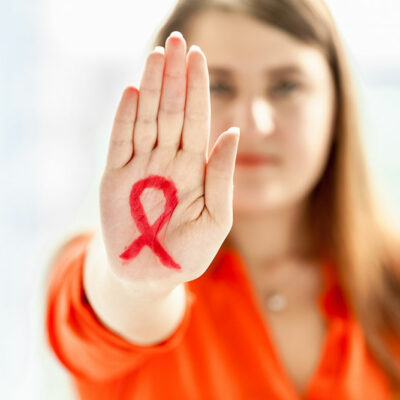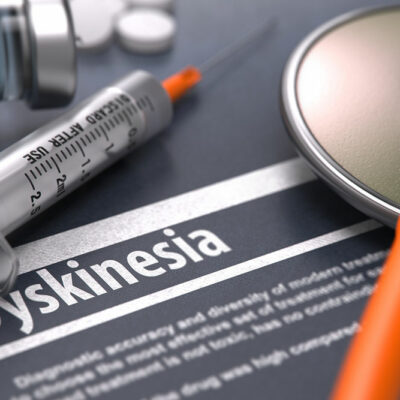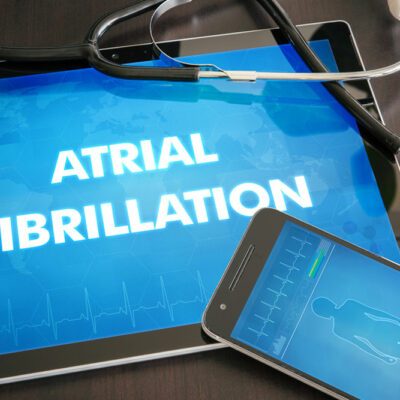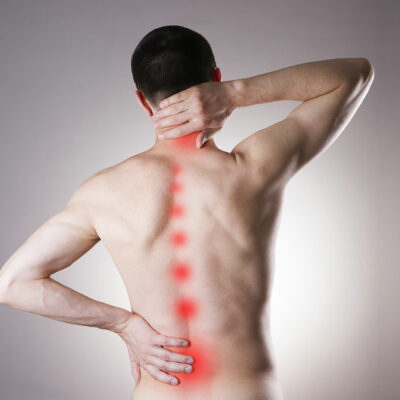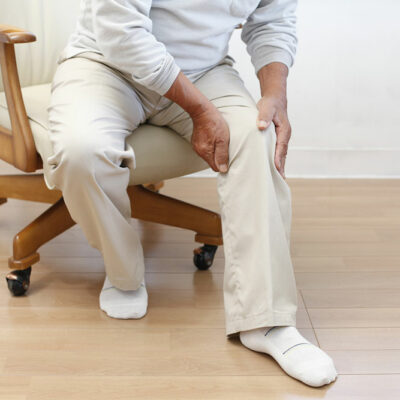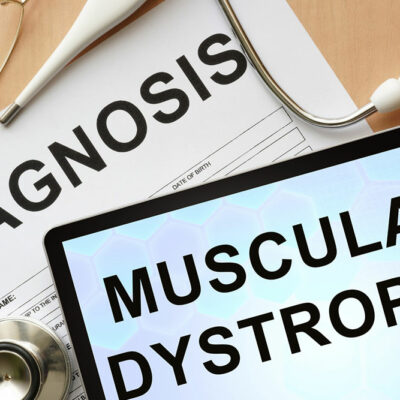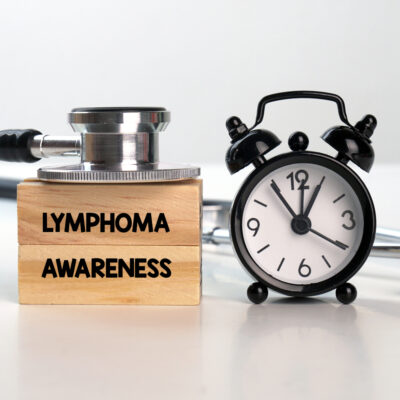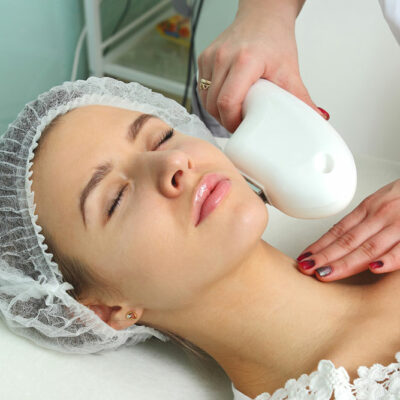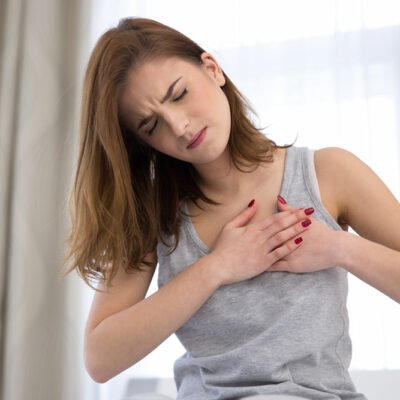
Health Conditions
4 things to do to prevent heart attack
Caused when the blood flow to the heart is blocked, a heart attack has been one of the major health problems globally. Majorly a lifestyle disease, a heart attack has been known to leave other health complications in its aftermath. Some of these complications can be immediate, such as irregular heartbeats, low oxygen levels in the blood, and fluid accumulation in the lungs. A bulge may form in one of the ventricles and blood clots may develop in the deep veins of the pelvis and legs. In some cases, the blood pressure will drop. Because of this, the heart will not be able to supply sufficient blood to the body for optimal functioning. Other complications include aneurysm, angina, edema, erectile dysfunction, loss of libido, pericarditis, and even congestive heart failure. These complications usually occur over time after a person has had a heart attack. The following are the things you should do to avoid the risk of a heart attack. Lifestyle changes Stress is one of the major triggers of a heart attack. Another major reason is a completely sedentary lifestyle that most of us have. Negative emotions such as hostility or anger can cause a spike in blood pressure leading to clogging of the arteries.
Read More 